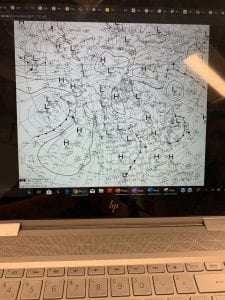Image 1. https://www.climatevisuals.org/images?f%5B0%5D=theme%3ASolutions&id=1073
location Milan, Italy
year: 2017.
this house is a model for a sustainable residentcial building.
acoording to wikipedia “The project was named Bosco Verticale or “Vertical Forest” in English due to the fact that each tower houses 900 trees, 5,000 shrubs and 11,000 floral plants, which helps mitigate smog and produce oxygen. These tree-packed high rises help cities built for density, adding more housing and infrastructure, while improving the air quality. Trees and plants are the most efficient and cost effective way to absorb carbon dioxide.
I feels like this project is a feasible because of the residential which contains a lot of trees would mitigate the problem of smog and produce oxygen but the cost of to living is expensive. according to news.com.au The flats come with a pretty hefty price tag though – a low-level 80 sqm apartment will set you back $845, 000, while a 200 sqm penthouse costs a whopping $2.6 million.
image 2. https://www.climatevisuals.org/images?f%5B0%5D=theme%3ASolutions&id=932
topic name:European high speed train
location: in this picture it located in Copenheagen Central Station, Denmark
date: unknown.
Bullet trains fuel real-estate booms, improve quality of life, reduce air pollution and traffic congestion, and provide a “safety valve” for crowded cities, especially in the developing world.
i feels like this project is a feasible because in almost all developing countries use a high speed train for reduce a problem of a carbon dioxide. the high speed train using 30 percent less energy per passenger mile than cars and 20 percent less than planes








